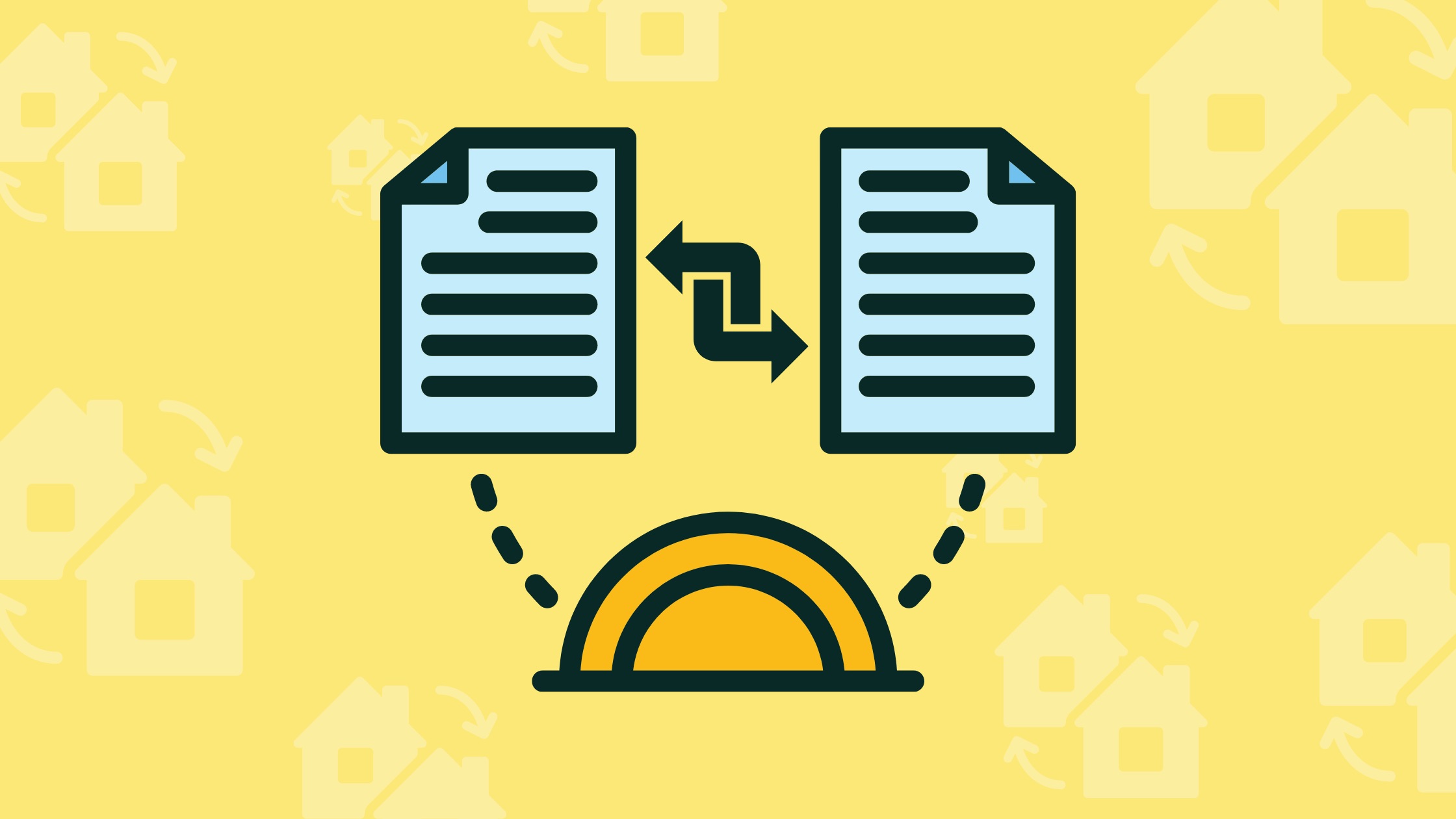
Can I make changes to the renovation plan after the loan is approved?
2/28/2024
While transforming your fixer-upper with an FHA 203k loan, unexpected tweaks or changes to your renovation plan might arise. Fear not, intrepid homeowner! The program allows for change orders, but navigating them requires understanding the process and potential consequences.

Understanding Change Orders:
A change order is a formal document outlining any modifications to the originally approved renovation plan, scope, budget, or timeline. It details the proposed changes, and their impact on cost and schedule, and requires approval from all involved parties: you, your contractor, and the lender.
Making Changes:
- Discuss with your contractor: Communicate the desired changes and gather their estimates for associated costs and timeline adjustments.
- Submit a formal change order request: Work with your contractor to prepare a written document outlining the changes, justifications, and impact on cost and schedule.
- Obtain lender approval: Submit the request to your lender for review and approval. They will assess the changes' impact on loan eligibility, budget, and feasibility.
- Revise agreements: Once approved, update your loan agreement, draw schedule, and other relevant documents to reflect the changes.
Consequences to Consider:
- Cost implications: Changes often impact the budget. Be prepared for potential cost increases and ensure they stay within your overall loan limit.
- Timeline adjustments: Depending on the change, the project timeline might need to be extended, impacting your move-in date.
- Loan approval risks: Extensive changes could jeopardize your loan approval if they exceed eligibility limits or significantly alter the project's scope.
- Approval delays: Processing change orders takes time, potentially delaying the project's progress.
Remember:
- Communicate openly: Keep your lender and contractor informed throughout the process to avoid surprises and ensure smooth approval.
- Plan for contingencies: Factor in a buffer in your budget and timeline to accommodate unforeseen changes.
- Seek professional advice: Consult your contractor and lender for guidance on the feasibility and implications of changes before proceeding.
With careful planning, clear communication, and a flexible mindset, navigating change orders can ensure your renovation journey adapts to new ideas while staying within your budget and loan limitations. So, dream big, plan carefully, and embrace the potential for a truly personalized fixer-upper transformation!
I hope this explanation empowers you to confidently navigate potential changes during your FHA 203k renovation!
